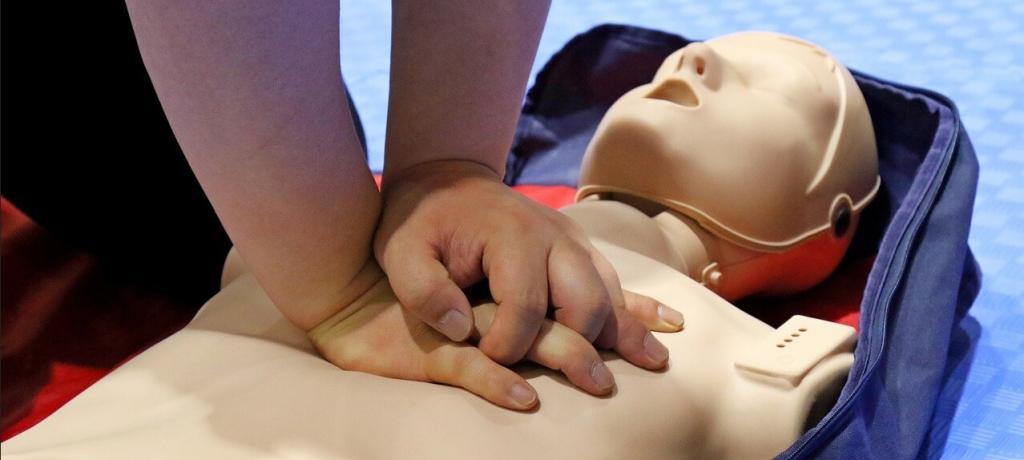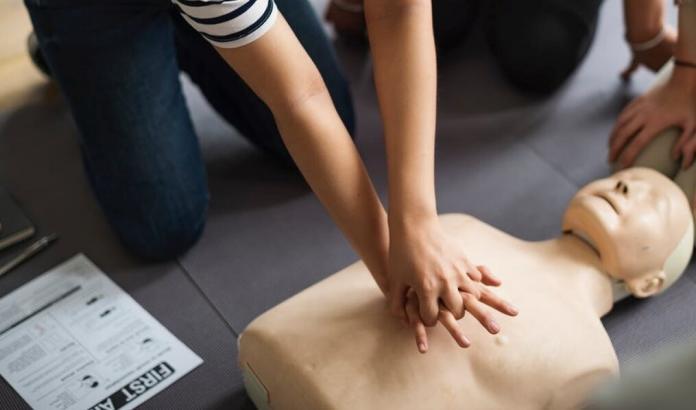Did you know that 350,000 Americans endure cardiac arrest every year?
Cardiac arrest is a leading cause of death for adults around the world. Every minute a patient is left untreated, their chance of survival gets cut in half.
Knowing CPR can help save someone’s life should the worst happen. Yet even though CPR saves lives, there’s still a lot of confusion about it.
If you want to brush up on your CPR skills, keep reading below for the most common mistakes in performing CPR. Avoid these and save someone’s life when you need to.
1. Forget to Call 911
It is important to remember to call 911 immediately, even if a compression-only CPR approach is preferred. This will ensure that emergency medical personnel can be on the way quickly.
Additionally, the dispatcher can help give instructions on performing proper CPR, especially if the rescuer is not fully trained.
2. Bending Fingers
This is harmful to the victim and can lead to long-term organ damage due to improper circulation. To avoid bending fingers during CPR, try to keep the fingertips near the lower half of the breastbone or ribs and the palm completely covering the victim’s chest.
If possible, using a CPR mask with a metal plate is highly recommended, as this ensures that the entire chest cavity is evenly distributed during chest compressions.
3. Not Taking Adequate Safety
The recipient should be moved to a flat, hard surface that is free from objects like furniture and any other items that may obstruct the performance of CPR and hinder defibrillation. Rescue breaths should be given with the mouth closed over the recipient’s mouth, and the nose pinched shut for proper air exchange.

4. Criss-Crossing the Hand
Crisscrossing the hands can produce less effective chest compressions and should be avoided. The best way to ensure accurate, effective compressions is to place the heel of your dominant hand in the center of the chest, with your other hand on top. Both hands should stay in contact with the same area at all times to produce even, consistent compressions.
5. Not Applying Ample Pressure
When giving CPR, it is important to press hard and fast to create enough force to circulate blood and oxygen to the body. Many people make the mistake of underestimating the pressure required or not pressing hard or fast enough. To avoid this mistake, it is important to use two hands and press at least two inches deep, forming a complete seal on the patient’s chest.
6. Not Checking the Airway
This can be a fatal mistake, as a blocked airway can prevent oxygen from reaching the lungs. To avoid this mistake, one should always check the patient’s mouth, chin, and tongue to ensure they are not obstructing the airway before beginning CPR compressions.
If you want to avoid these mistakes, you should be able to enroll in some CPR training classes. This is where you can get an online CPR certification. When enrolling in this class, you must consider the corporate CPR certification discount.
Avoid These Mistakes in Performing CPR
From a lack of knowledge to fatigue, there are many common mistakes in performing CPR. By understanding the signs and being aware of the clear and simple steps, we can ensure that we are well-equipped to help save someone’s life. Let’s all make sure we stay informed and educated on CPR so that we’re ready to act in an emergency.
Standard operating procedure to perform an effective CPR
Performing CPR (Cardiopulmonary Resuscitation) is a critical life-saving skill that should ideally be done following established guidelines and standard operating procedures. Here’s a step-by-step guide based on standard protocols, such as those provided by organizations like the American Heart Association (AHA) and the International Liaison Committee on Resuscitation (ILCOR):
1. Ensure Safety:
- Assess the Scene: Make sure the area is safe for both you and the victim. Look for potential hazards before starting.
2. Check for Responsiveness:
- Tap and Shout: Tap the victim and shout, “Are you okay?” Check for any signs of responsiveness.
3. Activate Emergency Medical Services (EMS):
- Call for Help: If the victim is unresponsive, instruct someone to call emergency services (911 or the local emergency number) immediately. If you are alone, make the call after the initial steps.
4. Open the Airway:
- Head Tilt-Chin Lift: Gently tilt the head backward and lift the chin to open the airway.
5. Check for Breathing:
- Look, Listen, and Feel: Look for chest rise, listen for breath sounds, and feel for breath on your cheek. If the victim is not breathing or only gasping, begin CPR.
6. Start Chest Compressions:
- Hand Position: Kneel beside the victim and place the heel of one hand on the center of the chest, just below the nipple line.
- Compression Technique: Use your upper body weight to compress the chest at least 2 inches deep at a rate of 100-120 compressions per minute.
- Allow Full Chest Recoil: Allow the chest to fully recoil between compressions.
7. Provide Rescue Breaths:
- Effective Seal: After 30 compressions, give two rescue breaths.
- Airway Opening: Ensure a proper head tilt-chin lift, make an effective seal over the victim’s mouth, and deliver breaths that make the chest rise.
8. Continue CPR:
- Cycle Compressions and Breaths: Continue cycles of 30 compressions and 2 rescue breaths. Maintain the correct compression-to-breath ratio.
9. Use an Automated External Defibrillator (AED):
- AED Activation: If an AED is available, turn it on and follow the prompts. Apply the pads to the victim’s chest when prompted and continue CPR as directed.
10. Continue Until Help Arrives:
- Do Not Stop: Continue CPR until emergency medical personnel arrive, the victim starts breathing on their own, or you are too exhausted to continue.
It’s important to note that the above steps provide a general guideline for adult CPR. For infants and children, there are slight variations in technique, and specialized training is recommended. Additionally, CPR guidelines may be updated, so staying current with the latest recommendations is crucial. Consider taking a certified CPR course for hands-on training and certification.
To learn more helpful tips, be sure to follow our blog today!
You may want to read more,








